author of Honorable Influence - founder of Mindful Marketing
These have been tough times for organizations in most industries. Factors such as inflation, natural disasters, health/safety concerns, and supply chain setbacks have made it very difficult to succeed, and in some cases to survive, let alone to give thanks, for instance:
- A chip shortage has plagued tech firms and many other manufacturers.
- Shipping companies have had to navigate record-high fuel prices.
- In the first half of 2022, natural disasters led to insurance losses of $39 billion – 18% higher than average.
- The slowdown in the housing market, an industry that impacts many others, shows no signs of subsiding.
This isn’t the kind of news most companies care to celebrate, nor should they. Yet, even under dark clouds, strong organizations see silver linings and reasons to be thankful. Although organizations can’t speak, their leaders have unique vantage points from which they can identify and express genuine collective gratitude.
I recently reached out to colleagues/friends in several industries who lead for-profit and nonprofit organizations, asking each to share something for which their organization is thankful. Their following five responses have enlightened and encouraged this marketer and hopefully will do the same for anyone who looks to see the good in business and other enterprise.
1) Messiah University: I begin with my own organization and employer whose president, Dr. Kim Phipps, reflects, “At Messiah University, we are grateful for increased enrollment, financial stability and a cohort of new innovative partnerships that broaden our institutional scope and impact.”
No organization exists without demand for its products and services. For more than a decade, demand for higher education has declined throughout much of the nation, mainly because of demographic trends. I know many at Messiah echo President Phipps’ deep appreciation for our students as well as other institutional partners who embrace the University’s mission and invite opportunities to extend it.
2) West Shore Chamber of Commerce: The leader of the second organization, another nonprofit, expresses similar gratitude for continued demand for its services. As the president of West Shore Chamber of Commerce (WSCC), based near Harrisburg, PA, George Book, Jr. articulates his organization’s appreciation:
“At the West Shore Chamber of Commerce, we are thankful for our members, first and foremost. We are also thankful for the communities we serve. We have the privilege of being located in South Central PA, which is a very diverse economic region that allows us to reach and help many different types of businesses. I am thankful for the grit and determination of our business leaders to keep our region strong and work together to positively impact our businesses and communities.”
Few organizations were hit as hard by the pandemic as WSCC since the services of most chambers of commerce rely heavily on in person events, which COVID 19 largely cancelled. So, when Book speaks of the dedication and resilience of his Chamber’s members and their communities, he speaks from heartfelt experience and is understandably eager for opportunities that lie ahead.
3) Pierson Computing Connection, Inc.: The first for-profit company of the set is thankful for a different but equally important stakeholder group. Deb Pierson serves as president and CEO of Pierson Computing Connection, which she founded in 1993. She says, “We are primarily grateful for our people. We have a great team that values deep relationships and embraces our core values. Without our people, Pierson wouldn’t be growing and thriving.”
Some may find it ironic that the leader of a company that supplies technological solutions places greatest importance on its people. However, Pierson rightly recognizes that it takes dedicated and gifted people to manage software, install hardware, and train others who will use them. Great technology doesn’t matter much without great employees who are highly skilled in its use.
4) LINKBANK: When people of a certain age think of banks, they likely envision people – tellers, loan officers, etc. When Brent Smith, president of LINKBANK, considers his bank’s people, he sees much more than the roles they fill:
“We are grateful at LINKBANK to have deeply committed staff members who are passionate about our clients, communities, and each other. We are also very appreciative of all the employees’ families and the ongoing support they give, allowing each of us to pursue our passions in the workplace.”
Good leaders know that their staff members are also spouses, mothers, fathers, daughters, etc., with responsibilities outside the workplace. Leaders like Smith also are very grateful for the support that these family members graciously give and, in that way, also help to fulfill their firms’ purposes.
5) Ten Thousand Villages: Finding people who will work for pay and effectively support a nonprofit organization’s mission can be difficult. Identifying dedicated volunteers who will do so can be extremely challenging. The realization of both of these goals has led Dan Alonso, the CEO of Ten Thousand Villages to share:
“We are thankful for the passionate people who are part of the greater Ten Thousand Villages family/network and who go above and beyond to support our mission, often with no direct connection to the organization itself. We also have a core of devoted staff members who want to make a difference and who continue to do so on a daily basis, despite the challenges of being the rare combination of a mission-based nonprofit and a successful retail organization.”
As is the case for many nonprofit organizations aiming to fulfill their unique missions, creating fair trade market opportunities for artisans around the world requires a special combination of devoted staff members and faithful volunteers.
A university, a chamber of commerce, an IT company, a bank, and a fair-trade retailer: One might guess that they would be thankful for very different things, but ultimately the gratitude of each reflects the same priority – people.
Although it should happen each day of the year, in this season of Thanksgiving it is particularly fitting for every marketer and other organizational member to renew their appreciation for the individuals who purchase their products, provide their services, and in other ways partner to help fulfill their missions.
Thankfulness can be a recalibrating factor and a grounding force for each of us. It’s also an important prerequisite for “Mindful Marketing.”
Learn more about the Mindful Matrix.
Check out Mindful Marketing Ads and Vote your Mind!


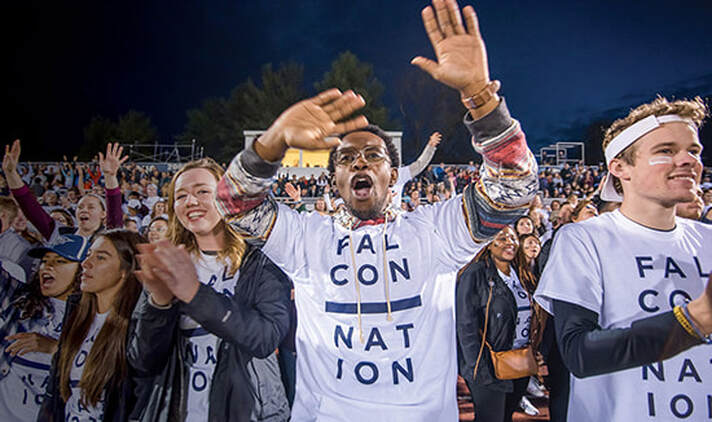
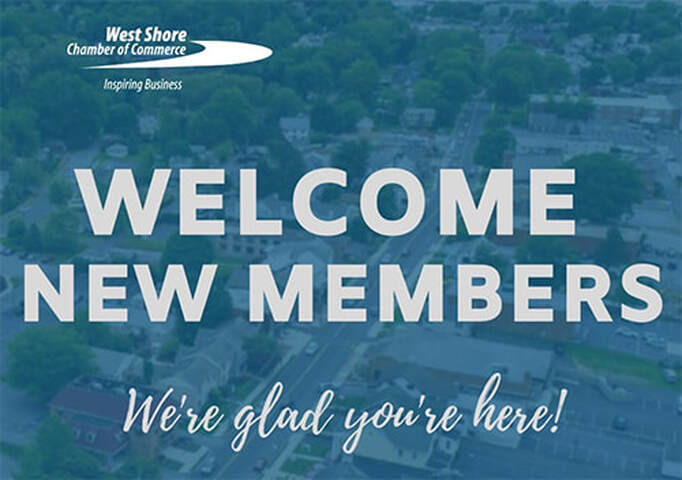

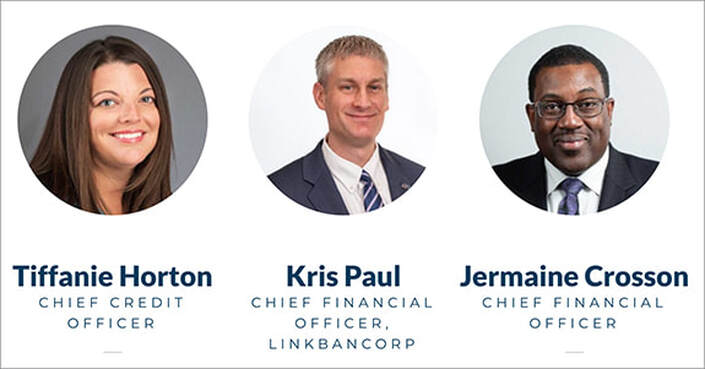
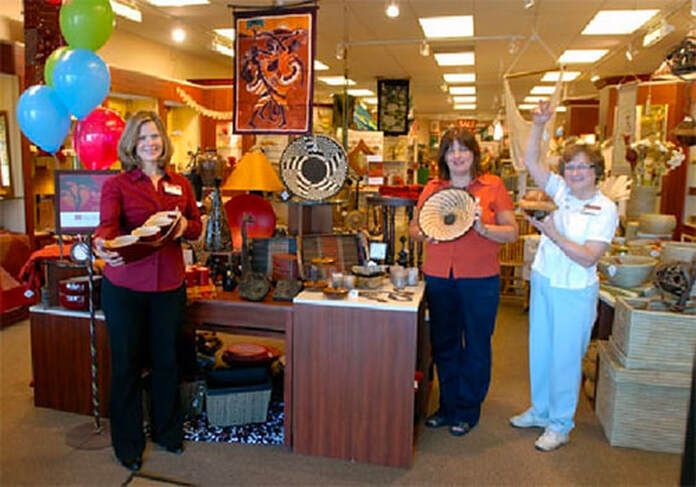
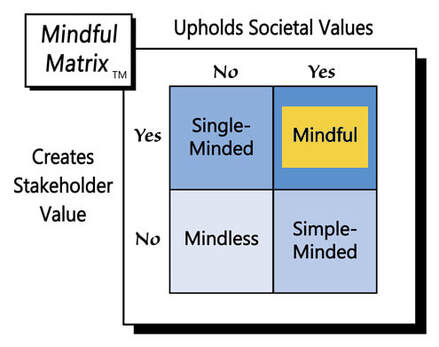

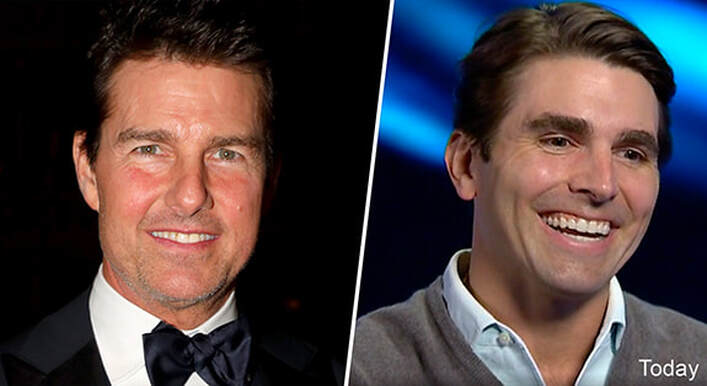
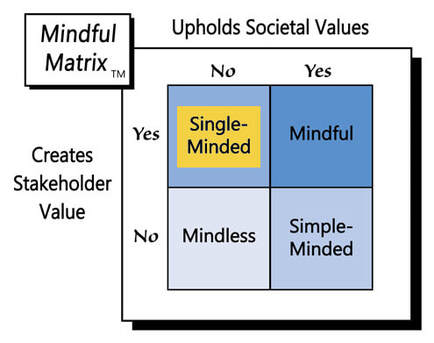
 RSS Feed
RSS Feed